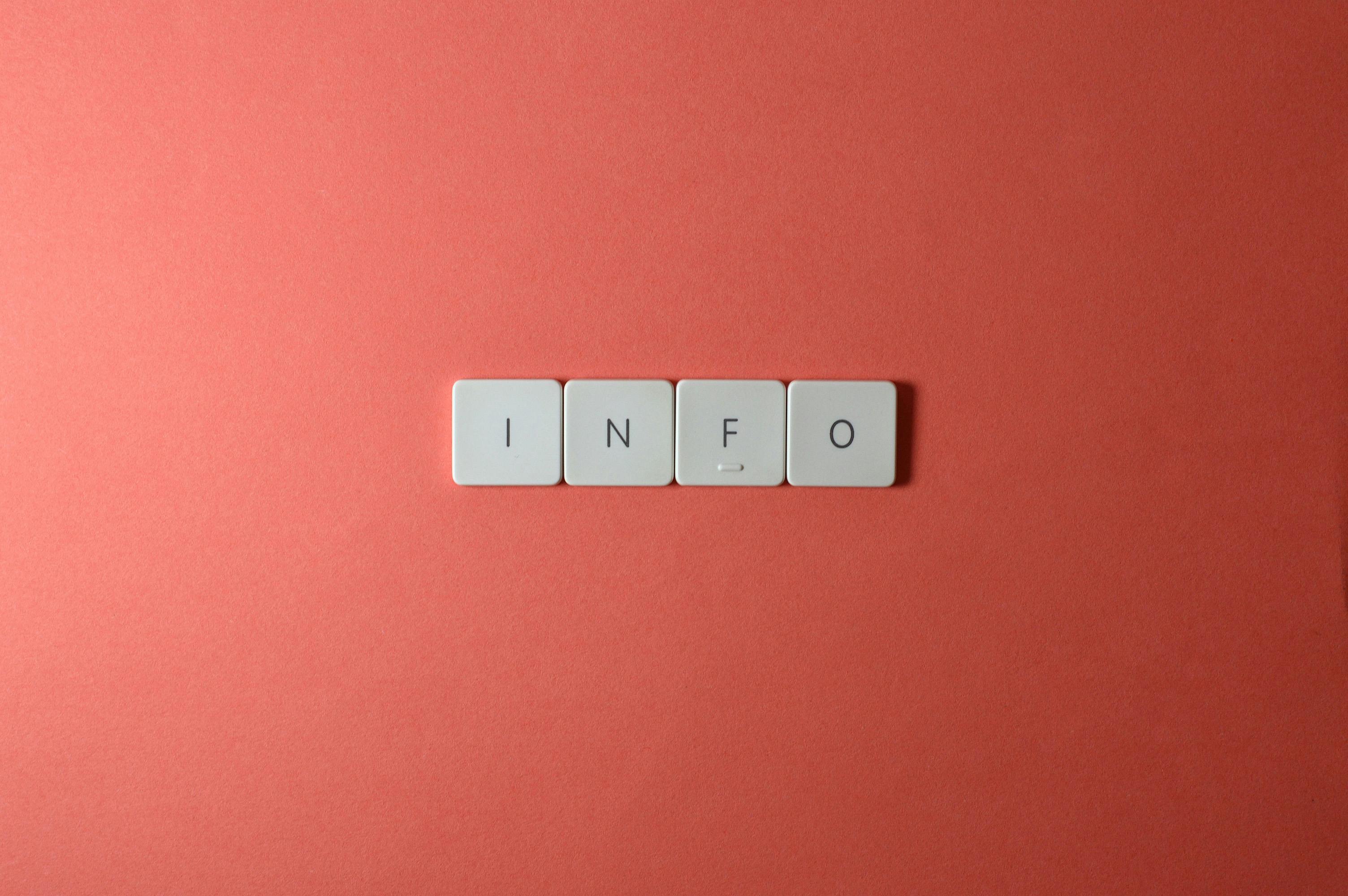
Streaming is the method of delivering video or audio content over the Internet. Aerial video live streaming is one of the hottest trends in the sports, events, content creation, and music industry. It is due to the growing popularity of drones and advancements in drone and drone filming technologies. There is a huge demand for aerial video, and the motion picture and short film industries are driving advances in consumer drone technology.
However how can we make videos and how to stream them and more importantly how to make money from them. In this article, I discuss some of these issues and explain how to set up a video streaming system and how to make money from our video content. What equipment should you use, what software is available, and the pros and cons of the various platforms and services available to us for video streaming and marketing?
The demand for aerial videos:
Aerial videos are in high demand in almost all walks of life. People love to see aerial views of sports and events from unusual angles. Before consumer drones, it was extremely expensive to make these types of videos. However, it is now very cheap to get some amazing aerial views. Additionally, agricultural imaging and industrial inspection of large structures are other areas where aerial video is used.
The application of Live Streaming of aerial videos:
Drone owners can use their FPV (First Person View) and VR (Virtual Reality) types of headsets to see something amazing outdoors when flying their drones. Now imagine that with live streaming of those videos, thousands of people can experience the same effects from the comfort of their home. It is the experience that people want to have. You can fly your drone and share the view with thousands of people.
Another wide-ranging application is the transmission of industrial inspection videos to the control rooms and boardrooms of plants and companies. It is usually carried out by small drone companies that offer these services. This area of streaming video has huge potential and in the future we can expect huge growth in this sector.
Other applications include streaming of political and religious events to show aerial view of gatherings. Also, news channels are using live broadcasts for major events. Similarly, people want to stream their wedding videos to someone not attending and so on.
Live Overhead Broadcast Setup
You can use a helicopter for aerial photography, but we are talking about a cheaper version, so we will only talk about drones here. Live streaming from drones is still a new technology. Some of the considerations for live air broadcasting are as follows:
1. Live streaming services:
The first thing to decide is where you want to live stream your drone videos. Some of the live streaming services are YouTube Live, ustream, Livestream Twitter periscope and Facebook live streaming service.
2. The drone’s camera: Some cameras output the videos generically, but you need a drone with a camera that provides a clean HDMI output in order to use live streaming services. If your camera doesn’t provide a clean HDMI output, you’ll need to find a suitable adapter.
3. Then you need an encoder that takes HDMI and transmits it over the Internet.
4. There are two main protocols used by streaming services. RTMP (Real Time Messaging Protocol) and RTSP (Real Time Streaming Protocol). Take a look at the right one for your service because the choice of encoder depends on it. There is also HTTP Live Streaming (HLS), where it splits the video file into small segments and delivers it to a player via the HTTP protocol.
5. The broadcast standard (ATSC, NTSC, PAL, or SECAM) is another consideration when streaming drone video on any of the services. You must comply with the specifications of the service request. Just look at the technical specifications section on their website.
6. Another consideration is the transcoding capability (in other streaming standards) and the latency of the platform (the delay in streaming) you are using.
7. Internet speed must be reasonable in order to stream live video.
8. Some companies are creating standalone drone solutions which can be expensive but if you are providing commercial services then you might consider these solutions. One of the companies is Amimon. The company offers several products for enthusiasts and professional drone users. Two of their popular products are the Connex and the Connex Mini. However, your Flying Eye drone could be quite an expensive thing to buy! Another company is Newtek and ustream recommends some of their devices.
9. Also, if you want to use high-end camera platforms or high-quality professional VR cameras and cloud streaming, then you might want to consider any products from companies like 360designs and wowza.
10. Some live streaming service providers have their own video streaming equipment that you can use if you plan to stick with that particular company for your drone videos. It might save you some money compared to Amimon products. For example, livestream has Livestream Broadcaster Pro, which is a device, while ustream recommends some encoders as Ustream certified encoders and offers software called Ustream Producer and Ustream Pro.
11. It’s good to test your stream on multiple devices before you start streaming.
12. You get a link for your live video stream from your service provider. You can send this link to anyone to watch the broadcast. You can follow the instructions from the platform of your choice.
How to make money from your videos (during the live broadcast and after):
Making videos costs money and it would be a good idea to monetize your live stream, and then the videos and get some cash.
Monetization during live video streaming:
First, we are talking about live streaming, and if you are using YouTube live, then you can earn instant money during your live streaming! There is a feature called super chat that YouTube recently introduced. You can activate this feature and your fans will be able to chat with you during the broadcast. Your chat would stand out during the video stream. This way you will be able to see your chat and will likely increase your chances of getting a response. However, in order to send these types of chat messages, they would have to pay. Then you get your share of YouTube. It’s probably the easiest way to monetize your live stream. However, Super Chat is available to people who have a certain number of subscribers and only in certain countries.
Prime Video Content Monetization:
The main video contents are not those that are of high quality, but also if you present them to the right audience. If you have created such high-quality videos, then you have plenty of options to make money from them. There is a huge market for video on demand. Traditionally, it was a challenge to distribute your film. You would have to go through the distribution channels. Now some companies still follow the same practice, but on some platforms, you can communicate directly. There are three types of markets where you can sell your videos. The first type is the transactional platforms, where people pay a small amount of money to watch the video, the second category is the subscription platforms (iTunes) where they pay a monthly or yearly subscription to access the videos, and the third is ad-based (You Tube, Hulu, DailyMotion) where you get paid based on the ads that play on your videos. A brief introduction to these markets is below:
1.Netflix
If your video is very high quality and you have done a good amount of advertising and you have thousands of followers on social media then you could sell that video to Netflix and make a good amount of money. However, to close a deal, you need to find a distributor or go to film festivals and grab the attention of Netflix.
2. Amazon Prime Video
Prime video is another alternative for you to sell your prime content. For this, you do not need a distributor. You can directly upload your videos using Amazon Video Direct.
3.iTunes
iTunes requires you to pass their quality check before accepting your movie. But even before you get to iTunes, you usually have to use an aggregator that will charge a fee and put your video in the proper format for iTunes. You then need to go to one of the Apple approved encoding houses who will then encode your videos correctly according to your requirements. You can avoid the aggregator, but you can’t avoid the house encoding. So there are many steps involved and finally iTunes also checks the quality.
4.Hulu
This platform is based on advertisement. You pay a fee to a distributor, you put your movie on the platform, you get traffic for your movie, the ads will run and you get a commission.
5. Youtube
As you are probably familiar with how YouTube works. It’s very easy to sign up for your You Tube channel and start uploading your movies. According to the ad, you can earn money from your videos.
6.POV (Point of View)
This is a place where you can find some resources for non-fiction film. On their website, you can also find organizations that offer funding to individual artists and film companies. Every year they call for submissions, and if your film is approved, it will air on PBS television.
7. Vimeo On Demand
Here you can start selling your videos after paying a monthly fee of AUD19.
8. Daily movement
You can use this platform similar to You Tube. Also, if you have a website, you can run Daily Motion videos on your site and get commission for advertising on those videos. But this needs approval from DailyMotion. If your site has some traffic, you will get this authorization and start generating revenue.







